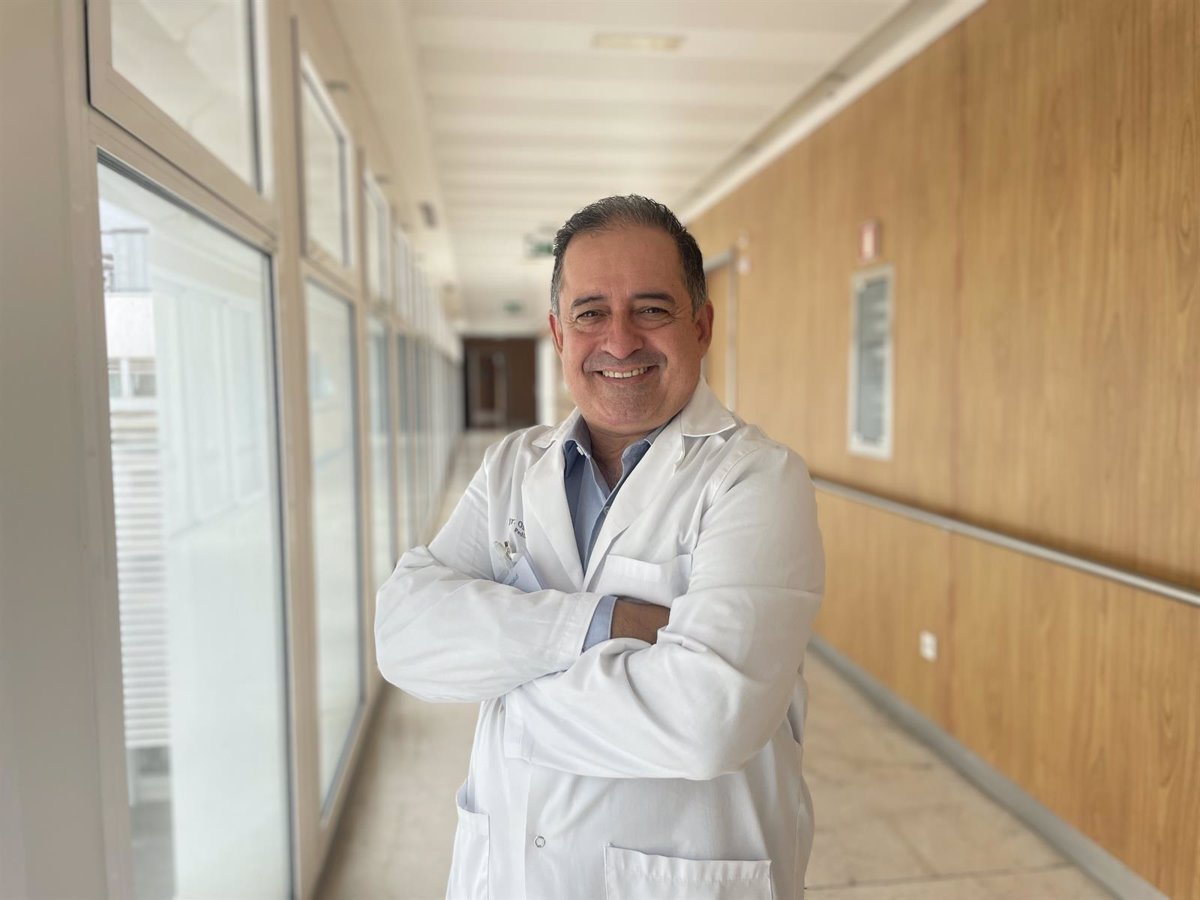Infanta Quironsalud Luisa from Seville warns of resurgence of the “slap virus” in pediatric emergency care

Minors from three to ten years of age are the most affected in Seville.
SEVILLE, June 24 (EUROPE PRESS) –
The emergency service of the Quirónsalud Infanta Luisa hospital in Seville reported a rise in cases of the “slap virus” being treated in pediatric wards in recent weeks, with 10% of children aged three to ten years being treated at the hospital. weekly with these symptoms.
Thus, pediatrician Quirónsalud Infanta Luisa Andres Alberto Osuna explains that megaloerythema, also known as erythema infectiosum, fifth disease or popularly “slapped cheek disease,” is a condition caused by parvovirus B19. “This manifests itself as a very characteristic rash on the cheeks that resembles a slap in the face,” the doctor said in a press release.
“The typical rash starts on the cheeks and is bright red in color,” explains the specialist, pointing out that the skin lesions usually later spread to the rest of the body, with it very characteristically affecting the buttocks and limbs with reticular lesions that are reddish in color. spots that resemble lace. “They usually don’t appear on the palms and soles, but in some cases they can sting,” he points out.
In this sense, the doctor notes that the disappearance of these rashes within a week is normal, “but there is a possibility that they may reactivate for a longer period due to certain factors such as light, sun or heat.” Thus, the doctor clarifies that this disease is an infection that begins with “non-specific” symptoms such as headache, runny nose or some discomfort, and can sometimes cause fever.
On the other hand, Quirónsalud specialist Infanta Luisa emphasizes that there is no specific treatment for the virus or prevention with a vaccine. “Typically, the use of antipyretics is only necessary to reduce fever, if present, or general discomfort,” he notes. “Infection occurs primarily through droplets of saliva released when talking, coughing or sneezing,” the doctor points out.
“The patient can spread the disease during the incubation period and at the onset of “nonspecific” symptoms, ceasing to be infectious when the first skin manifestations appear,” he concludes.